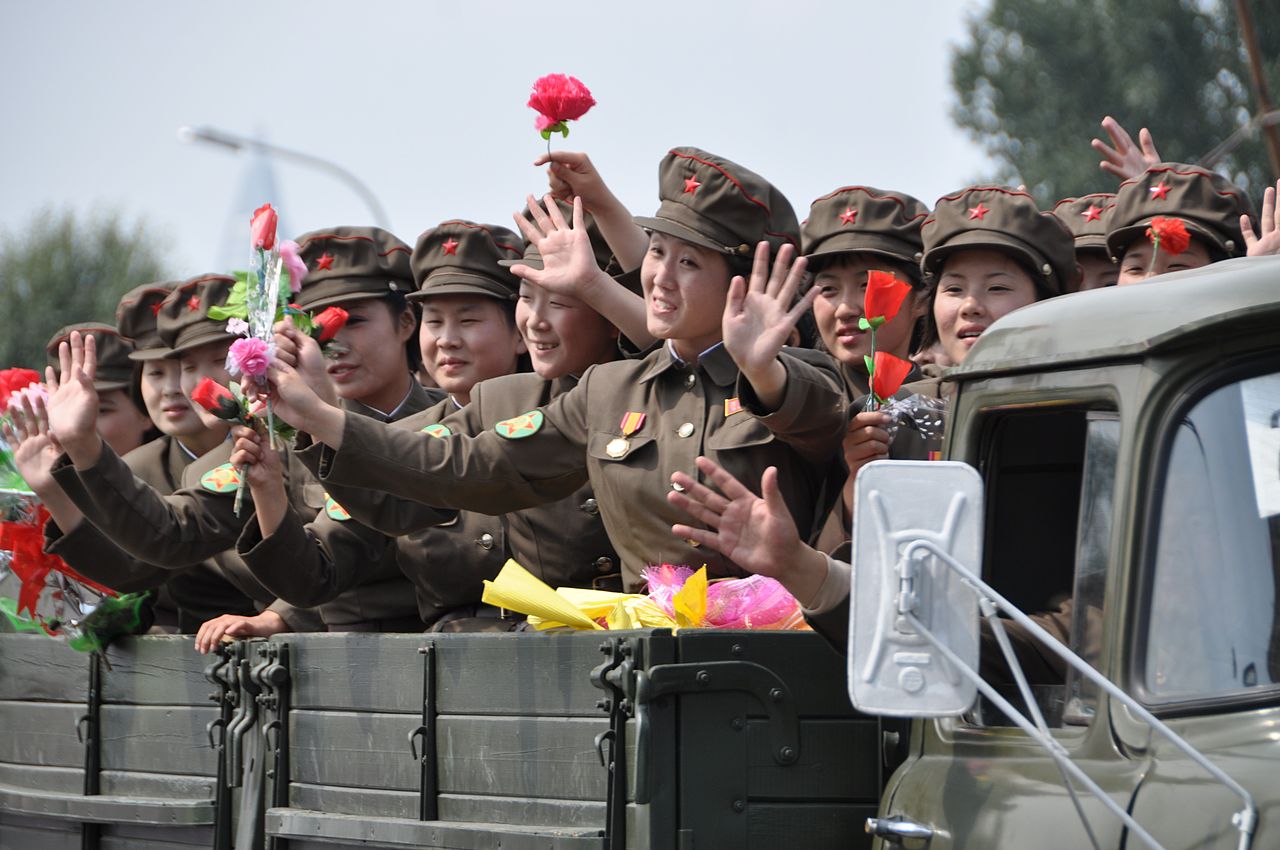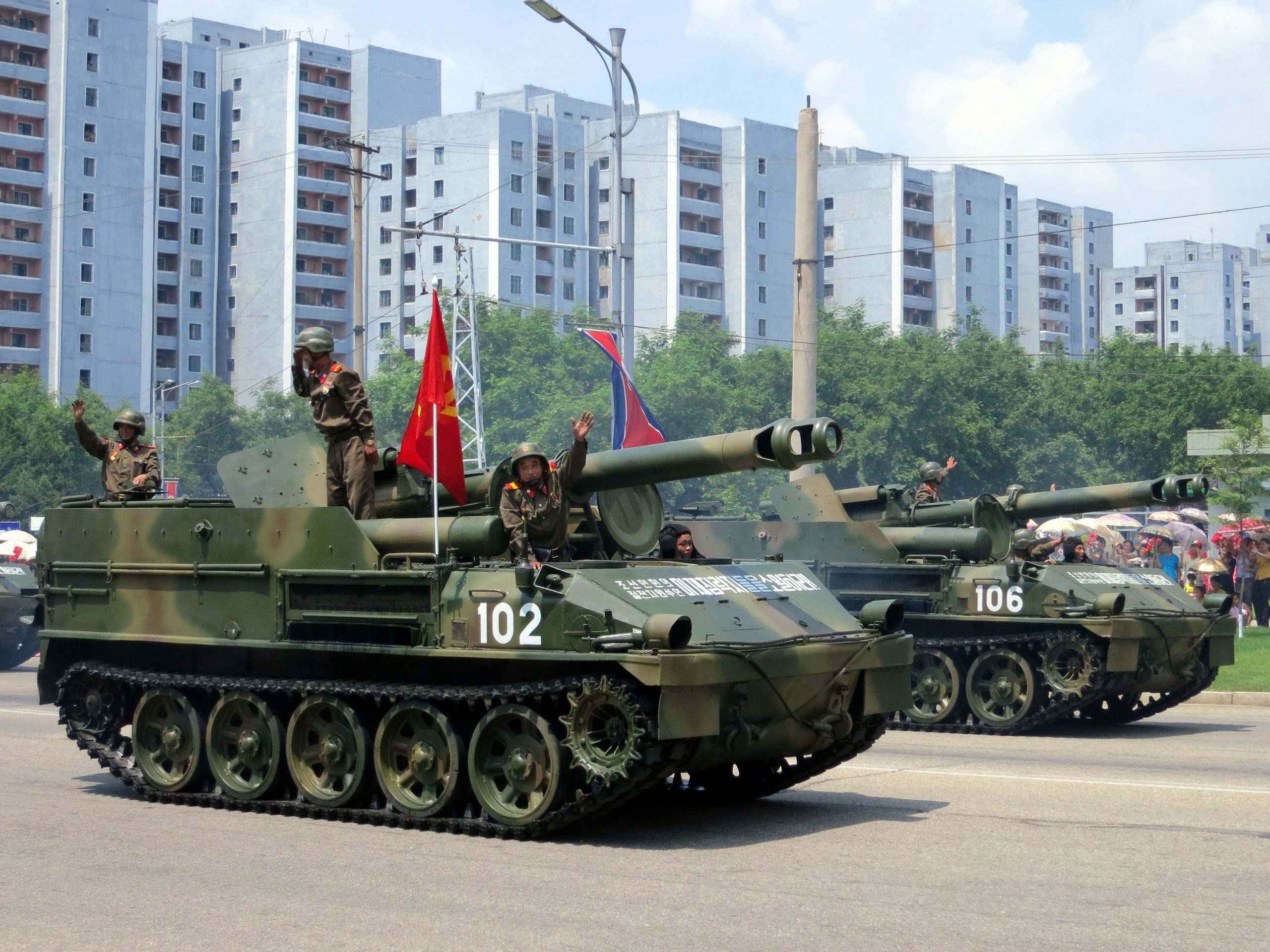The technical aspects of a fully-functioning nuclear weapons program are daunting. A warhead is useless unless it can reach your target. Intercontinental ballistic missiles must be accurate, durable enough to withstand the considerable pressures of the launch, transit (including a sub-orbital spaceflight), and re-entry. Since the distance between North Korea and its primary targets in the US are so considerable, fueling is key (solid fuels are trickier but offer more distance for a smaller volume), and you need a warhead that is small enough to fit at the tip of an ICBM without weighing it down too much but also powerful enough to pack a wallop (the so-called miniaturization stage, perhaps the trickiest of the lot).
It took the Soviet Union and United States the better part of two decades to master the complex process of physics, chemistry, metallurgy and engineering to construct reliable, intercontinental nuclear weapons arsenal. To think that North Korea can do the same with less than one percent the resources in a shorter timeframe is, to put it bluntly, paranoia. And even that assumes that the politics of North Korea are pushing the country in the direction of a hot war with the United States. In Part I of this series, I laid out just how unlikely that all is and why I’m not all that concerned about North Korea.
But things may be changing.
Recent changes to such outside assessments are why I’ve broken with my normal policy of ignoring North Korea to give my view on where North Korea is today, and what could well be about to happen.
Throughout August there have been rafts of leaks out of U.S. intelligence institutions and a great deal of propaganda out of North Korea on the status of the North Korean nuclear and missile programs. All point to a sharp increase in the speed of technical achievement of said programs: longer range missiles, different materials that enable for stable missile reentry, progress in miniaturizing nuclear devices to make them missile-mountable, indications of changes to the device geometry that would increase both yield and stability, and so on.

On September 3, North Korea tested what Pyongyang claims to have been a “thermonuclear” device rather than simply a mere “nuclear” device, which serves as a case in point. A run-of-the-mill nuclear device uses conventional explosives to split unstable uranium atoms in a process called fission: as the atoms split they unleash additional energy, magnifying the destructive potential of the initial blast. A more advanced thermonuclear device instead uses a smaller atomic device to combine light elements (typically hydrogen) to make heavier elements in a process called fusion: hydrogen atoms are smooshed together (scientific term), knocking off protons and again unleashing a devastating amount of energy. Both generate a massive amount of energy and will generally ruin your day even if you are blissfully ignorant to the difference between the two, but a fusion device requires less fuel and a smaller assembly and so is easier to mount on a missile making it the more problematic weapons system from the American point of view.
Considering how tightly-closed the North Korean system is – particularly when it comes to weapon specs – I find the near-simultaneous release of all this information a bit… convenient. On the American side, leaks about advances in miniaturization have the feel of a bureau’s carefully-crafted effort to attain more funding. On the NorK side of things, some of the propaganda is just stupid – for example the claim that Pyongyang’s new device is yield-adjustable (that it can be preprogrammed to detonate at variable explosive power levels). Such a technological advance would make North Korean nuke tech equal to current Russian and American nuke tech.
Yet too much has changed too fast for me to simply dismiss the lot. If several of the items leaked and proclaimed the past five weeks are true, then the entire balance of the region and American policy towards it change dramatically. It is one thing to toy around with nukes in your basement, quite another to mount them onto missiles, put them on your lawn and point them at people.
A meaningful, deployed North Korean nuclear weapon would leave the Americans with only two options.
Option one would be a pre-emptive strike – and not the sort of pinpoint conventional strike that gets bandied about on Fox and CNN. Since anyone who can build one nuclear weapon can build more than one, all a conventional strike would do is piss Pyongyang off and force them into a use-it-or-lose-it position. No, any preemptive strike designed to eliminate the North Korea nuclear program would need to be nuclear itself, and would need to hit at least a dozen different targets.
Option two is containment. The Americans would make sure that no weapon launched from North Korea could ever hit any American landmass. That means radically expanded missile-interception assets, on land, in the air and on the water. Putting American hardware at multiple points on every flight path for any conceivable delivery system to any possible American landmass. And backing those assets up with strike capability so that any North Korean asset even tangentially related to any missile launch facility could be eliminated within an hour of any North Korean launch.
The big loser from either option (aside from North Korea) is China. It’s hard to imagine anything that would focus minds in Beijing more on whatever Washington wants to talk about than the American carpet-nuking of China’s only real ally.
Yet if anything, containment is worse for Beijing than even North Korea’s vaporization. Any American missile defense system that can intercept missiles from North Korea to the United States could also intercept missiles from China to the United States. One way or another, North Korea’s recent evolutions make China look weak and hugely shrink China’s strategic room to maneuver.
This all, of course, assumes the Americans continue with their weird obsession with North Korea. The real hilarity of all this is that North Korea is a strategic relic of a time three decades in the past. A much more relevant discussion is about what’s about to happen in South Korea and beyond.
In the immediate aftermath of North Korea’s Sept 1 (thermo)nuclear test, U.S. President Donald Trump reserved his harshest criticism not for Pyongyang or Beijing, but instead Seoul.
From a traditional national security point of view such vitriol seems…unwise. North Korea is a foe. South Korea is an ally. Lambasting an ally you would need to combat a foe is idiotic. Right?
Well, the problem here isn’t with the Trump White House, the Kim family, or either of the Koreas – but instead with the word “traditional”…
Continued in Part III








